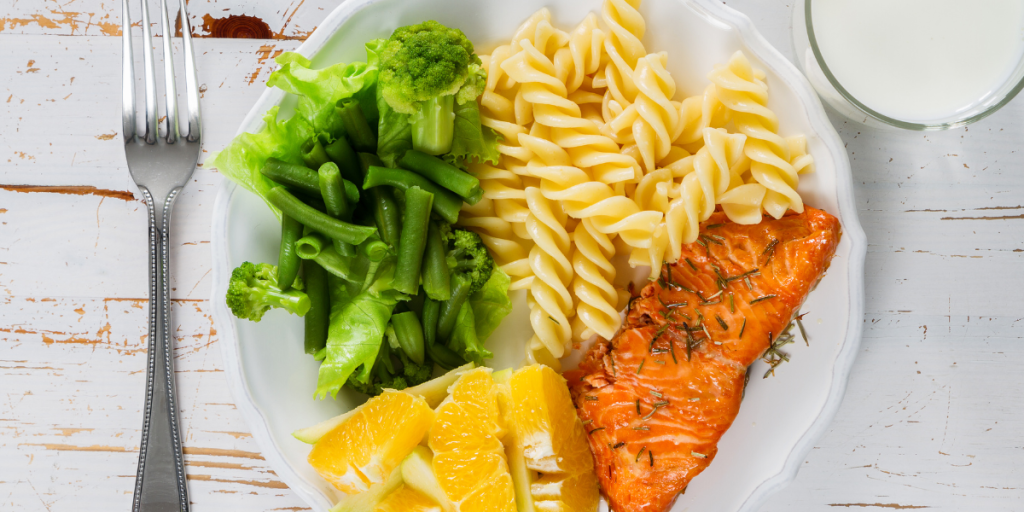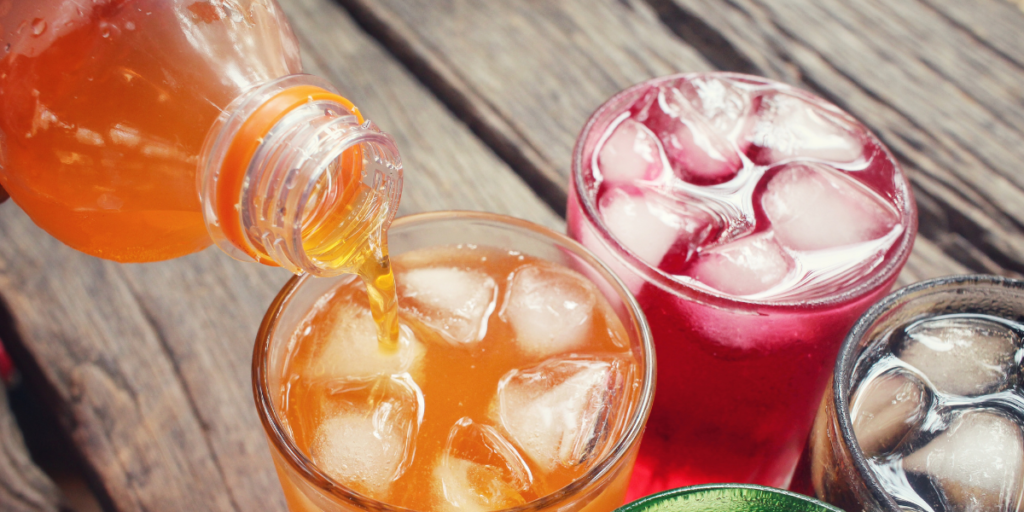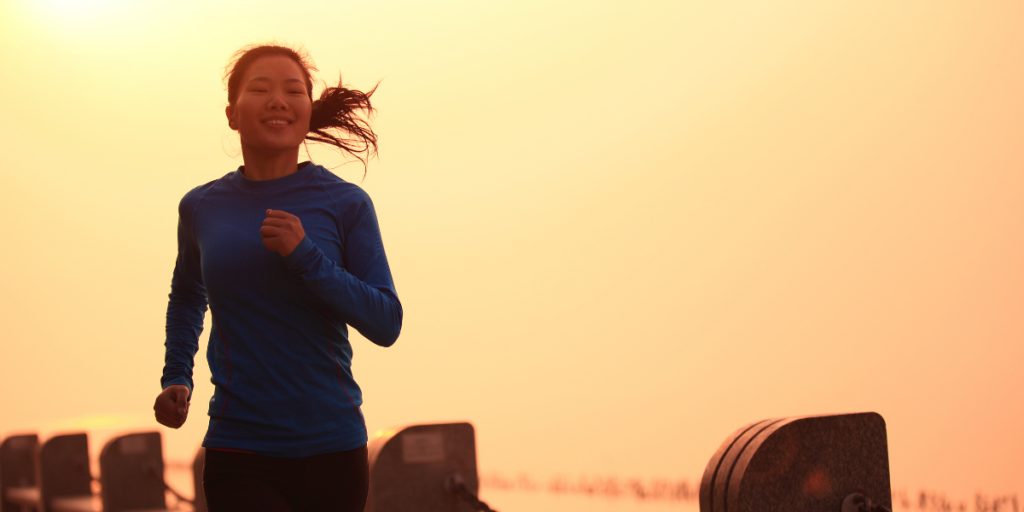Gallbladder diseases have become increasingly common amongst Malaysians.
What is a ‘Gallbladder’?
It is a small, sac-like organ that sits under your liver, located in the right upper part of your abdomen.
Its role and function
The gallbladder stores bile, a digestive fluid that helps break down fats from the food we eat into smaller components called fatty acids, which can then be absorbed by the body as nutrients.
It connects to your digestive system through a network of channels known as the biliary tract. This tract links the gallbladder to the duodenum, the first part of your small intestine.
When you eat, bile is released into the duodenum, where it mixes with food and helps break down rich, fatty meals into usable fatty acids. As food continues to move through your digestive system, these fats are absorbed into the body to support energy production and nutrient storage.
Problems can arise when the bile ducts become inflamed or when gallstones form and block these ducts, leading to pain, infection, or other digestive complications.

What Are Common Gallbladder Diseases?
Several conditions can affect the gallbladder and the surrounding biliary system. Here are some of the more common disorders:
1. Acute Cholecystitis
This is the sudden inflammation of the gallbladder, often caused by a gallstone blocking the bile duct. It can lead to sharp abdominal pain, fever, and nausea.
2. Inflammation of the Bile Duct (Cholangitis)
The bile ducts can become inflamed due to infection or blockage, usually by gallstones. This can cause pain, fever, and jaundice (yellowing of the skin or eyes).
3. Gallstones (Cholelithiasis)
Gallstones are hardened deposits composed of bile components. Many people with gallstones don’t have symptoms. However, if a stone becomes lodged in the bile duct, it can cause pain and digestive issues, especially when bile tries to flow out of the gallbladder and gets blocked.
4. Gallstone Pancreatitis
The pancreas, located near the gallbladder, can become inflamed (pancreatitis) when a gallstone blocks the pancreatic duct. This is a painful condition that may cause severe abdominal pain, nausea, and vomiting.
5. Ascending Cholangitis
A bacterial infection of the biliary tract—this is a serious medical emergency! If not treated promptly, it can lead to septic shock, a life-threatening condition.
Gallbladder-Friendly Foods That Won’t Break the Bank
Healthy eating shouldn’t be a luxury — and it doesn’t have to be.
After some digging through local Malaysian grocery stores, we’ve found plenty of affordable, gallbladder-friendly food options that support your health without hurting your wallet.
- Fibre-Rich Foods
Fruits and vegetables are packed with essential vitamins, minerals, antioxidants, and — most importantly- fibre.
A fibre-rich diet reaps many benefits. It:
- Prevents constipation and haemorrhoids
- Stabilises blood sugar levels
- Supports weight management (they are low-calorie)
- Reduces the risk of various forms of cancer
- Reduces the risk of developing chronic conditions like heart disease and type 2 diabetes mellitus.
Here are some affordable fibre-rich options to add to your cart today:
Vegetables:
- Bok choy
- Long beans
- Carrots
- White radish
- Local cucumber
- Cabbage
- Local spinach (Bayam, Kangkung)
- Sweet potato leaves
- Chinese broccoli (Kailan)
- Local tomatoes
Fruits:
- Papaya
- Oranges
- Apples
- Pears
- Dragonfruit
Tip: Fruits can be a bit pricier than veggies, but watch for sales on berries, kiwis, and other nutrient-rich fruits at your local store!
- Complex Carbohydrates
Contrary to popular belief, carbs aren’t the enemy—they are a vital energy source.
The key is choosing complex carbs that are high in fibre and low in added sugar.
When plating your meals, remember the Malaysian “suku-suku-separuh” rule:
¼ carbohydrates, ¼ protein, and ½ vegetables.
Budget-friendly complex carbs in the local grocery store include:
- Oats (watch for added sugars in instant oats/granola! Opt for low sugar choices)
- Brown rice
- Wholemeal bread and pasta
- Healthy Fats
Healthy fats can actually improve bile quality and help the gallbladder empty regularly, thus reducing the risk of gallstone formation. They also help lower triglyceride levels, an unhealthy form of cholesterol in our bodies.

You can include these healthy fats in moderation:
- Olive oil
- Nuts and seeds
- Foods rich in Omega-3, like chia seeds, flaxseeds and certain fish like salmon, sardines, tuna and mackerel.
- Caffeine (In Moderation!)
Research suggests that drinking more than 6 cups of coffee per day is associated with a 23% lower risk of developing gallstones. However, even one cup a day may help reduce symptoms.
Gallbladder-friendly caffeine options include:
- Black coffee (opt for kopi ‘kosong’ at your local kopitiam)
- Green tea
- Matcha
- Lean Proteins
Protein is essential, and you don’t need to spend a fortune. Some great and affordable sources include:
- Tofu
- Eggs
- Chicken
- Fresh fish and prawns (these finds are often cheaper at wet markets)
Pro tip: Opt for fresh meat over processed or frozen, pre-cooked options to minimise sodium and unhealthy fats.
Add some herbs to spice up your meals instead of using premade sauces — they are often loaded with extra calories, salt, sugar, and fat.
Mediterranean & DASH Diets
Both diets have been shown to reduce the risk of gallstone disease while supporting heart health and weight control.
These diets also play a role in lowering blood pressure.
In a nutshell, the Mediterranean Diet emphasises:
- Whole grains (wholemeal bread, brown rice, pasta)
- Fruits and vegetables
- Lean proteins
- Legumes (Lentils, chickpeas, soybeans, peas, beans)
- Healthy fats (especially olive oil and nuts)
The DASH Diet (Dietary Approaches to Stop Hypertension) also emphasises similar principles, particularly limiting sodium and processed foods.
According to the Ministry of Health, the recommended daily intake of salt is less than 6 grams.
Foods That Hurt Your Gallbladder — and What to Watch Out For
Your gallbladder plays a crucial role in digestion, particularly in the processing of fats. Certain foods and lifestyle habits can aggravate it, increasing the risk of gallstones or gallbladder disease.
Here’s what to avoid (or limit!) to keep your gallbladder happy and healthy:
- Unhealthy Fats & Fried Foods
- Deep-fried items (fried chicken, fries, keropok lekor, any food with the word ‘goreng’ in it, etc.)
- Oily, greasy takeaway meals
These can trigger gallbladder attacks and inflammation by overworking the bile system.
- Alcohol
- Beer
- Hard liquors (whiskey, vodka, tequila)
These drinks are often high in sugar and can increase your risk of gallbladder disease.
Aim for at least two alcohol-free days per week.
- High-Sugar Foods & Drinks
- Pastries (croissants, danishes)
- Ice cream, cakes, cookies
- Syrup-based drinks (sodas, fruit juices, bubble tea)
Tip: Opt for “kurang manis” or “kosong” at your local kopitiam to reduce your sugar intake.

- Processed & Fast Foods
- Frozen ready-made meals (these pre-made foods are often high in sodium, MSG & sugar)
- Chips, crackers
- Pizza, burgers, processed meats (like sausages, smoked meat)
These can worsen inflammation and increase cholesterol levels, contributing to gallstone formation.
- Refined Carbohydrates
- White rice
- White bread
- Regular pasta
Swap these for complex carbohydrates, such as brown rice, wholemeal bread, and oats.
Consider these Better Choices:
- Water
- Unsweetened tea or black coffee
- Fresh fruit juices without added sugar
Beyond Diet: Lifestyle Habits That Support Gallbladder Health
- Don’t Skip Meals
- Skipping meals or engaging in intermittent fasting can increase the risk of developing gallstones.
- Eating small and regular meals helps keep bile flowing and prevents it from stagnating.
- Healthy Weight Loss
- Aim to lose 0.5–1 kg per week, based on your current weight.
- Avoid crash diets, as rapid weight loss can actually raise your risk of gallstone formation.
- Consult a personal trainer or dietitian for a sustainable plan.
- Maintain a healthy BMI: 18.5–22.9 kg/m²
- Exercise Regularly
- The Ministry of Health recommends at least 150 minutes of moderate-intensity exercise per week.
- Try walking, swimming, running, badminton, tennis, or pickleball.
Exercise not only supports digestion but also improves your mental and social well-being.

The “Gallstone Cleanse” – Myth or Fact?
You may have heard of DIY remedies involving olive oil, lemon juice, and herbs to “flush” out gallstones.
Myth!
These “stones” people pass are often just clumps of oil and digestive residue.
There is no scientific evidence to support gallbladder cleanses.
They can even be dangerous. The best “cleanse” is consistent and healthy habits.
Who’s at Risk for Gallbladder Disease?
- Family history of gallstones
- A poor diet (high-fat, low-fibre)
- Being overweight or obese
- Rapid weight loss over a short period of time
- Having diabetes mellitus
Signs & Symptoms to Watch For
Some signs of gallbladder disease include:
- Gas and bloating
- Indigestion
- Right-sided abdominal pain
- Pain after eating fatty meals
- Pain radiating to the right shoulder
- Nausea or vomiting
- Pale stools
- Tea-coloured urine
- Yellowing of the skin or eyes (jaundice)
- Fever and chills
Red Flags – Seek Medical Help Immediately If You Experience:
- Fever
- Yellow skin or eyes
- Persistent nausea and vomiting
- Severe abdominal pain
Visit your nearest clinic or hospital without delay!
Your doctor may perform blood tests or scans to confirm gallbladder disease and guide you through the necessary treatment options, whether conservative or surgical.
References
- Coffee intake protects against symptomatic gallstone disease in the general population: a Mendelian randomisation study https://onlinelibrary.wiley.com/doi/10.1111/joim.12970 [Last accessed 08 May 2025]
- The Role of Diet in the Pathogenesis of Cholesterol Gallstones https://www.ncbi.nlm.nih.gov/pmc/articles/PMC8118138/ [Last accessed 08 May 2025]
- Cholecystitis https://www.mayoclinic.org/diseases-conditions/cholecystitis/symptoms-causes/syc-20364867 [Last accessed 08 May 2025]
- Gallbladder https://my.clevelandclinic.org/health/body/21690-gallbladder [Last accessed 08 May 2025]
- Cholangitis https://www.ncbi.nlm.nih.gov/books/NBK558946/#:~:text=Acute%20cholangitis%2C%20also%20known%20as,can%20lead%20to%20septic%20shock. [Last accessed 08 May 2025]
- Diet tips for a healthy gallbladder https://www.medicalnewstoday.com/articles/317196#foods-to-eat [Last accessed 08 May 2025]